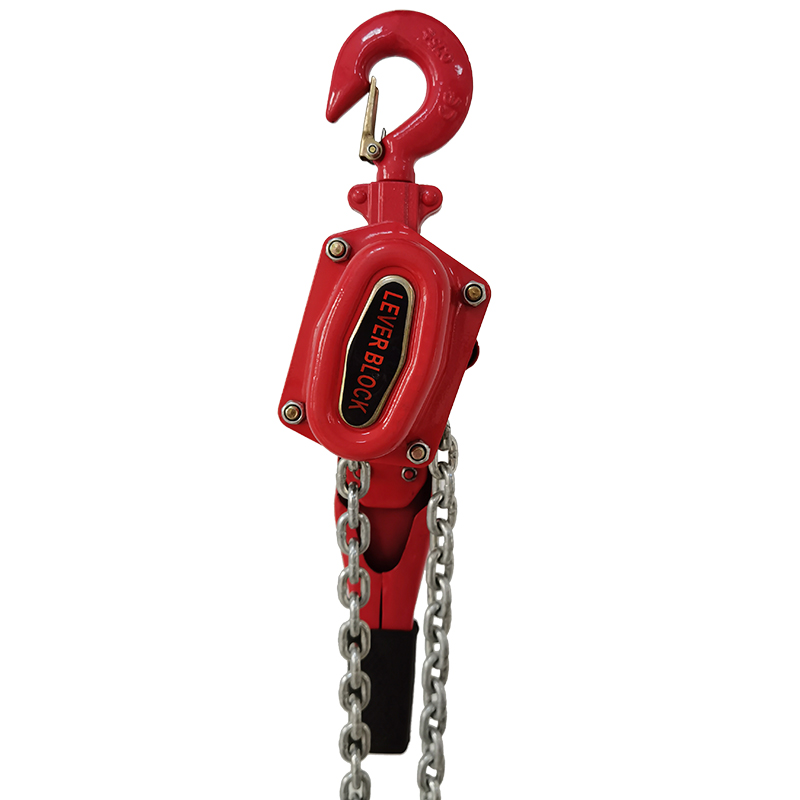


The Mechanism and Applications of Pulley Blocks
A pulley block is a simple yet ingenious mechanical device that has been utilized since ancient times to lift heavy objects with minimal effort. The essence of a pulley lies in its ability to change the direction of force, making it easier to lift loads vertically. Understanding how pulley blocks work can enhance our appreciation for engineering principles and their practical applications in various fields.
At its core, a pulley block consists of one or more wheels (pulleys) mounted on an axle, which can be fixed or movable. The wheels are meant to guide a rope or cable, allowing it to run smoothly as it lifts or lowers a load. When a force is applied to one end of the rope, the pulley block facilitates the transfer of that force to the load on the other end.
One of the most significant advantages of using a pulley block is its ability to distribute weight. By creating a system of multiple pulleys, known as a block and tackle, users can reduce the amount of force required to lift a heavy object. For example, a system with two pulleys can halve the weight that a person has to lift, while more complex arrangements can further reduce this effort. This quality is particularly beneficial in construction, shipping, and various industrial applications where heavy lifting is routine.
Pulley blocks are not just restricted to construction sites; they also find use in recreational activities such as sailing and climbing. Sailboats, for instance, use pulleys to control sails efficiently, allowing sailors to adjust the sails quickly to harness wind power effectively. Similarly, climbers utilize pulley systems to create mechanical advantages when lifting gear or when they need to ascend steep surfaces.

In addition to their mechanical advantages, pulley blocks have demonstrated high adaptability in various settings. In the aerospace industry, they can be employed in systems that manage loads on aircraft, enhancing the efficiency of cargo handling. Additionally, in theatrical settings, pulley blocks are vital for rigging systems, which allow for the easy movement of curtains, lighting, and stage props during performances.
When evaluating the design of a pulley block, several factors must be considered, including the material of the pulleys, the type and thickness of the rope used, and the maximum load that the system will bear. The materials typically used for pulleys include metals like aluminum or steel due to their strength and durability, which are essential for ensuring safety and efficacy while lifting.
Moreover, modern technology has influenced the evolution of pulley systems. Innovations such as synthetic ropes and high-strength polymers can reduce weight while maintaining exceptional strength, resulting in more efficient and safer lifting operations. The integration of technology like sensors and automated systems allows for remote monitoring and operation of pulley blocks, enhancing their functionality in diverse applications.
In conclusion, pulley blocks are a testament to the ingenuity of mechanical engineering. They exemplify how simple machines can be harnessed to improve efficiency and safety in lifting heavy loads. From construction to recreation, their versatility cannot be understated. As we continue to embrace technological advancements, the future of pulley systems will likely see even more innovations, further enhancing their roles in our everyday lives. Whether in the hands of a construction worker, a sailor, or a climber, pulley blocks remain an essential tool in the mechanical arsenal, demonstrating the timeless principle of leveraging force to make our tasks easier and safer.



